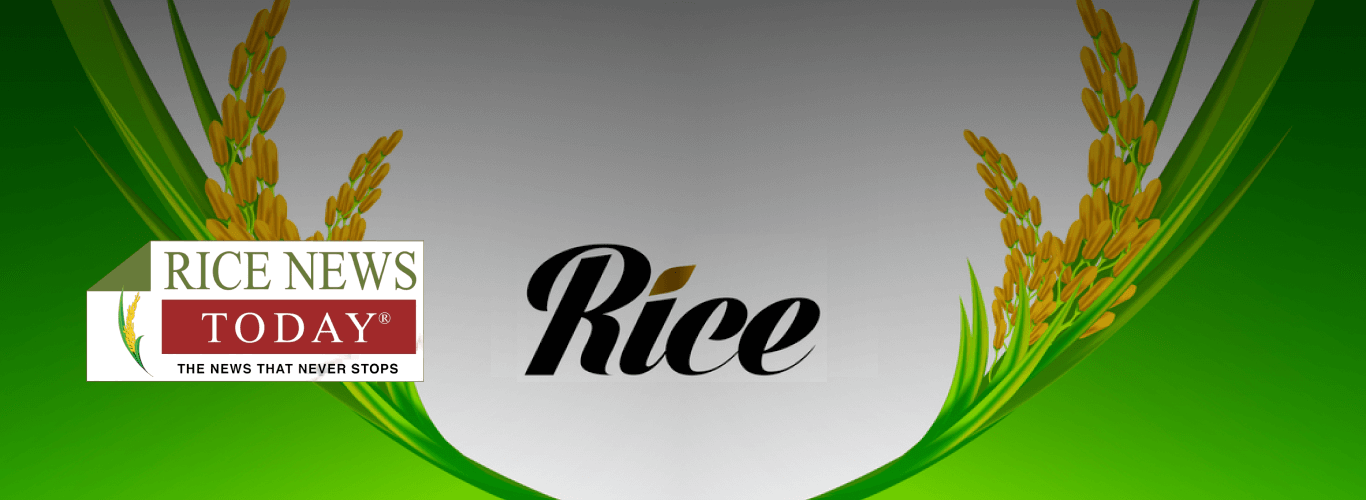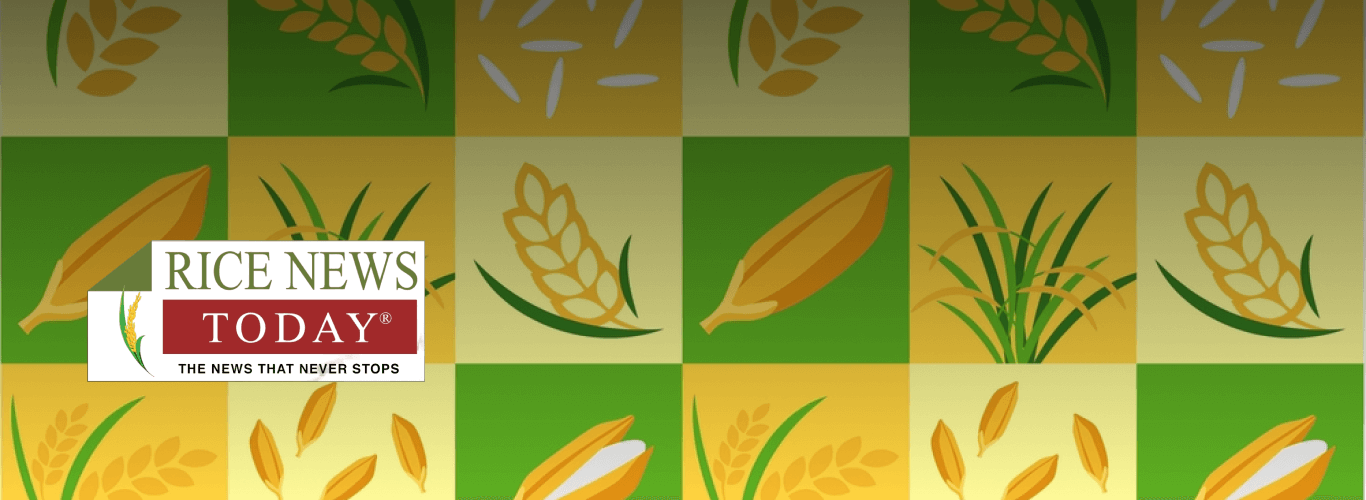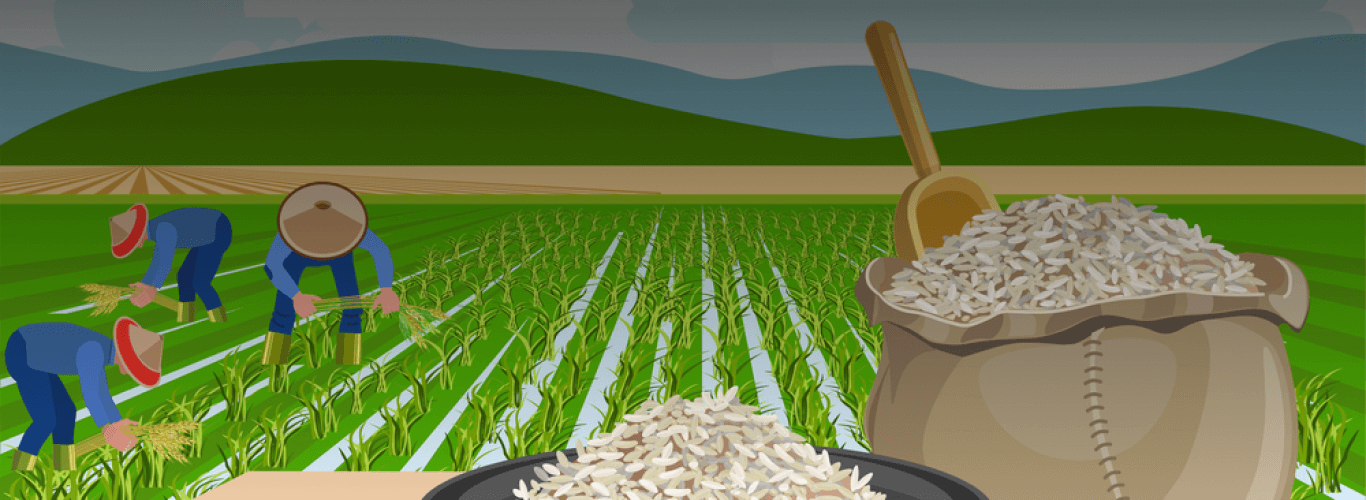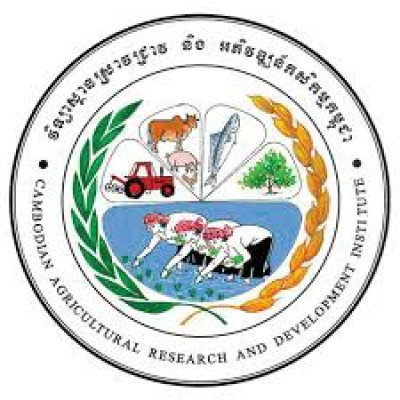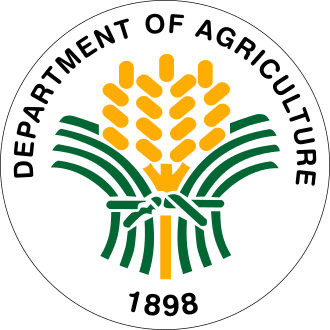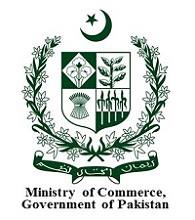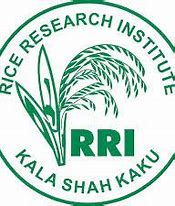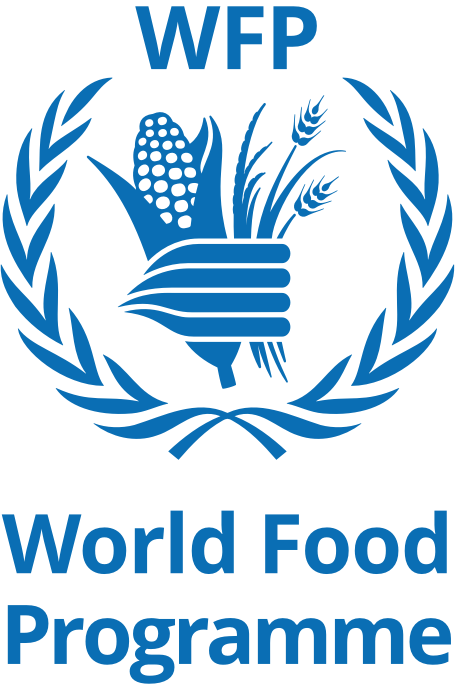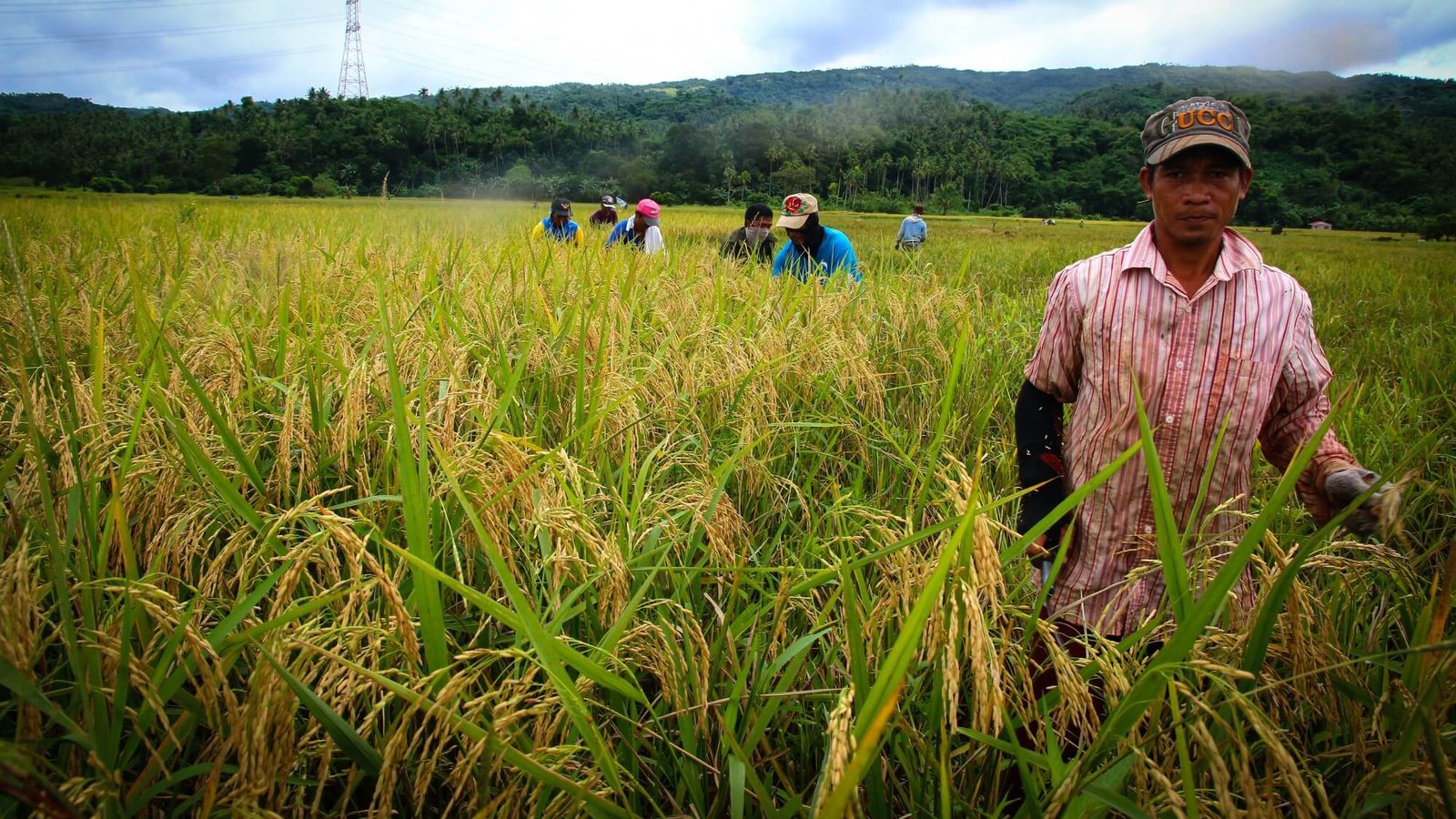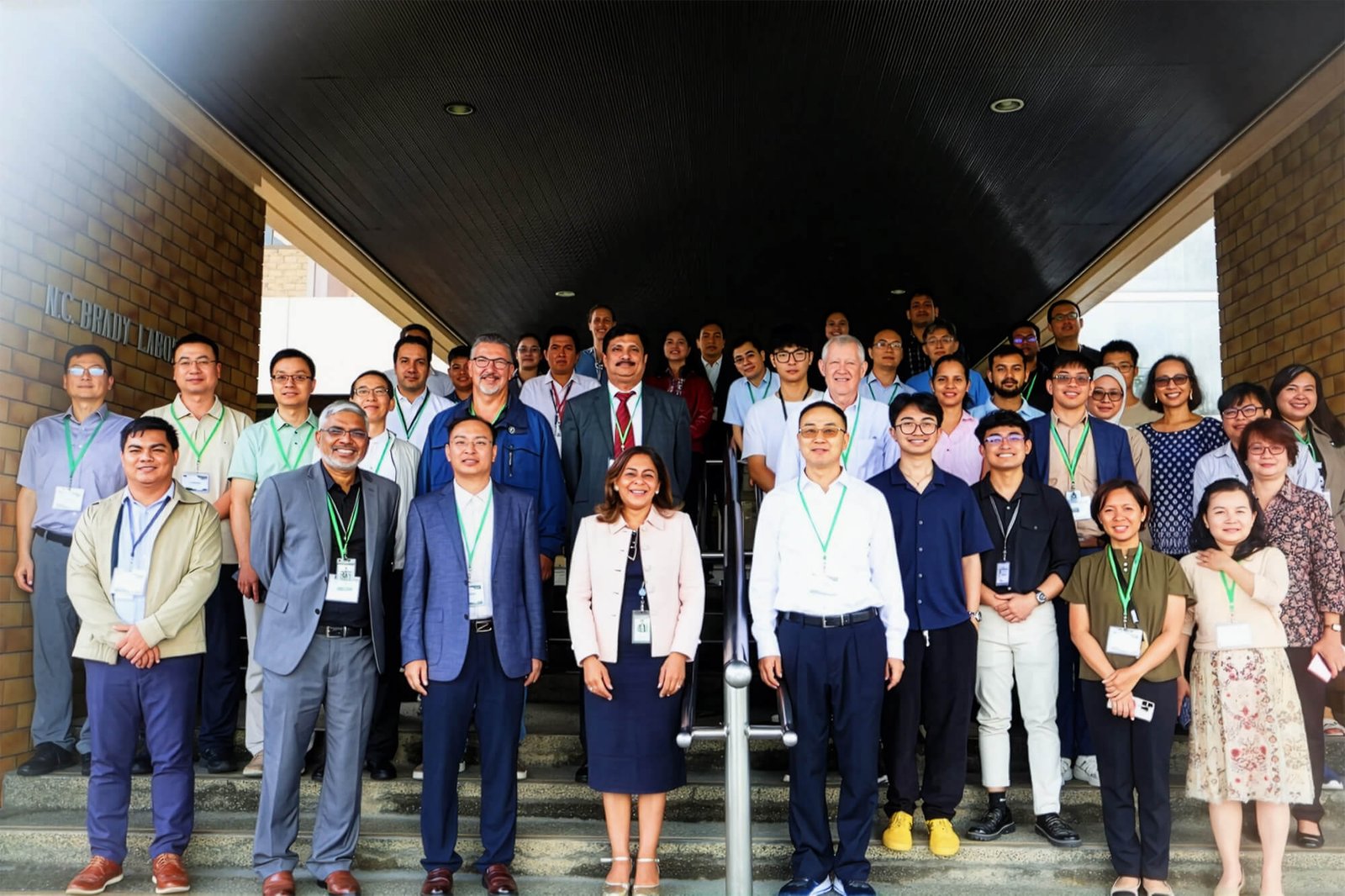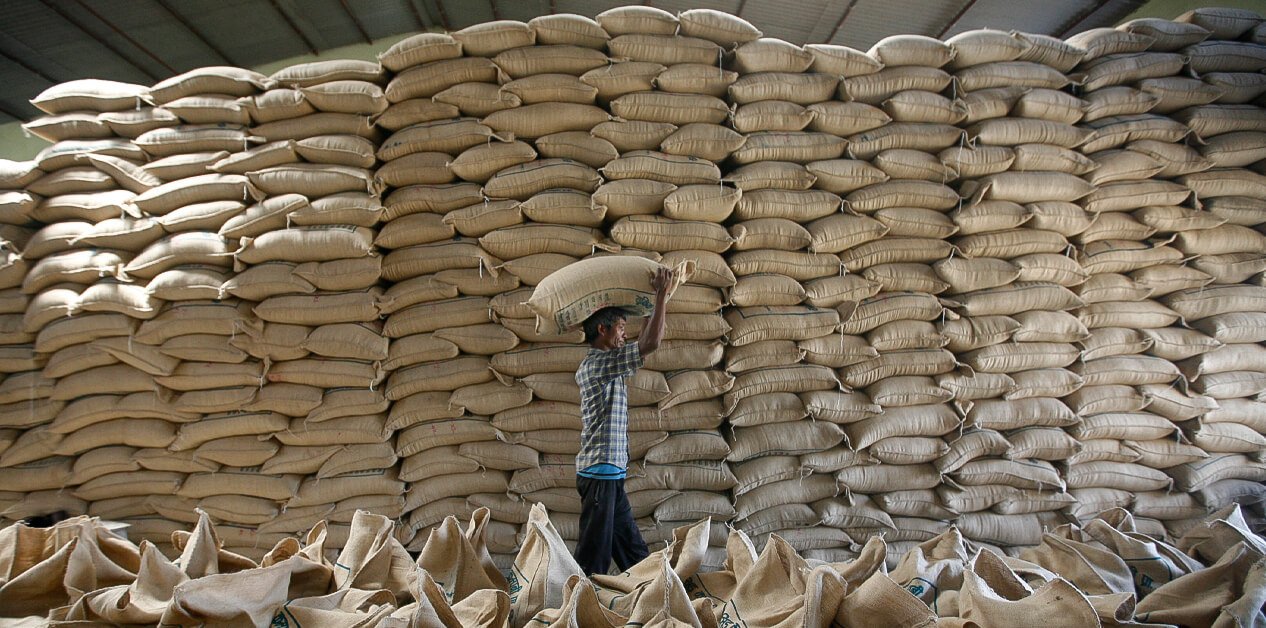Weekly Rice Market
(Indicative Quotes)
Basmati Rice
Basmati Rice | Indicative Quotes | Updated Weekly
Global Market | White Rice
White Rice | Indicative Quotes | Updated Weekly
| Origin | Type of Rice | Variety Name | Broken | Price | Change | High | Low |
|---|---|---|---|---|---|---|---|
| India | Milled White Rice | Long Grain | 5% | $348 | 0 | $380 | $348 |
| India | Milled White Rice | Long Grain | 5% | $381 | 0 | $496 | $379 |
| Pakistan | Milled White Rice | Long Grain | 5% | $350 | +8 | $360 | $334 |
| Pakistan | Milled White Rice | Long Grain | 5% | $380 | +8 | $640 | $380 |
| Pakistan | Milled White Rice | Long Grain | 5% | $590 | +8 | $613 | $488 |
| Thailand | Milled White Rice | Long Grain | 5% | $409 | +20 | $409 | $351 |
| Thailand | Milled White Rice | Long Grain | 5% | $387 | +20 | $669 | $387 |
| Thailand | Milled White Rice | Long Grain | 5% | $596 | +20 | $659 | $469 |
| U.S | Milled White Rice | Long Grain | 4% | $567 | -2 | $622 | $567 |
| U.S | Milled White Rice | Long Grain | 4% | $654 | -2 | $818 | $654 |
| U.S | Milled White Rice | Long Grain | 4% | $798 | -2 | $798 | $708 |
| Vietnam | Milled White Rice | Long Grain | 5% | $366 | +3 | $403 | $363 |
| Vietnam | Milled White Rice | Long Grain | 5% | $386 | +3 | $657 | $382 |
| Vietnam | Milled White Rice | Long Grain | 5% | $579 | +3 | $667 | $445 |
News

Punjab: Rice mille...
Our Correspondent The Rice Millers Association, Punjab, at a meeting held in Fatehgarh Sahib on Saturday, threatened to close mills indefinitely if the state government did not

Hike paddy procure...
Roushan Ali Hyderabad: Irrigation and civil supplies minister Uttam Kumar Reddy has urged Union minister for consumer affairs, food and public distribution Prahlad Joshi to
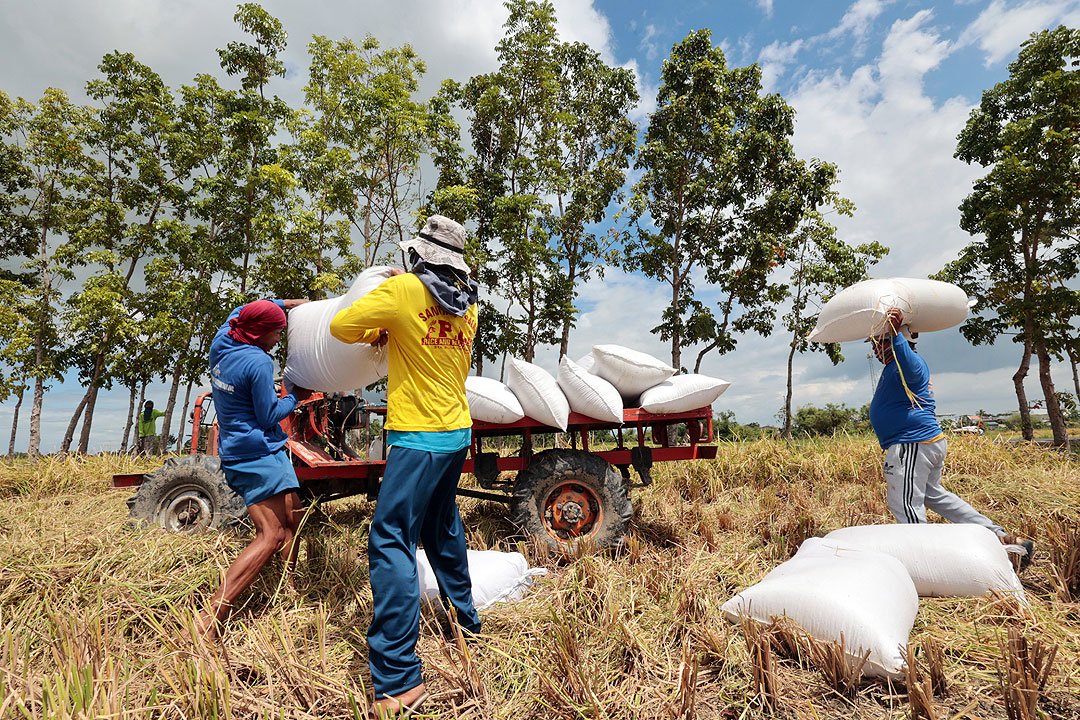
Nov. palay farmgat...
THE average farmgate price of dry palay (unmilled rice) rose 6.5% month on month to a national average of P16.92 per kilo in November, the Philippine Statistics Authority said in

Ditwah forces impo...
Colombo, Dec. 15 (Daily Mirror) – The devastation caused by Cyclone Ditwah may force the Government to import some varieties of rice, Minister of Agriculture and Irrigation

India expected to ...
Source: Economic Times According to the U.S. Department of Agriculture (USDA), India’s rice production in the MY 2025/26 is projected to reach a record 152 million tonnes. At

Federation of rice...
The price of a limited-time rice coupon that will be sold to municipalities in Japan will go down from the usual ¥500 to a uniform ¥477, the national federation of rice

Two reasons why th...
Washington plans new tariffs on Indian rice imports to protect struggling American farmers amid competitive pricing pressures. By Subramani Ra Mancombu The US is likely to impose

Vietnam targets st...
Sustainable rice export strategies were the focus of a conference held in Ho Chi Minh City on December 10, where the Import–Export Department under the Ministry of Industry and

Malaysia firm disc...
A meeting between representatives of the People’s Committee of Can Tho and Malaysia’s Technofit Sdn. Bhd. on December 11 focused on the company’s proposal to develop a 10MW
Featured Registered Companies
RNT Tube
What Trump’s Tariffs On Basmati Rice Means For India? Experts Answer
December 12, 2025
Statistics
Sustainable Rice
Farmers Place
Upcoming Events
Forex Rates
Open Market Forex Rates
Updated at:
From | ||
|---|---|---|
To | ||
| Countries | Currency | Spot Rate |
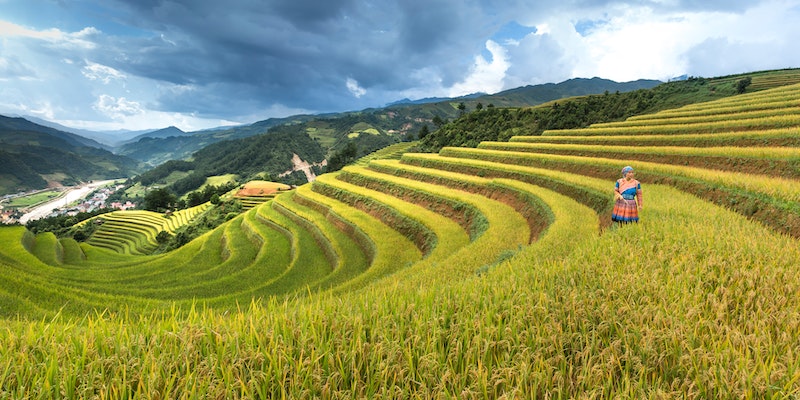
Enjoyed the read?
Join our monthly newsletter for helpful tips on how to run your business smoothly

